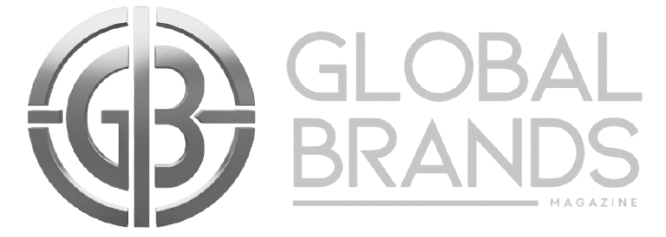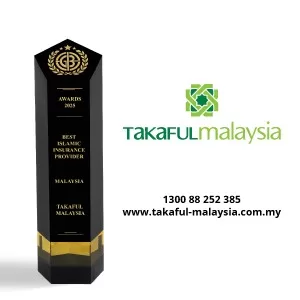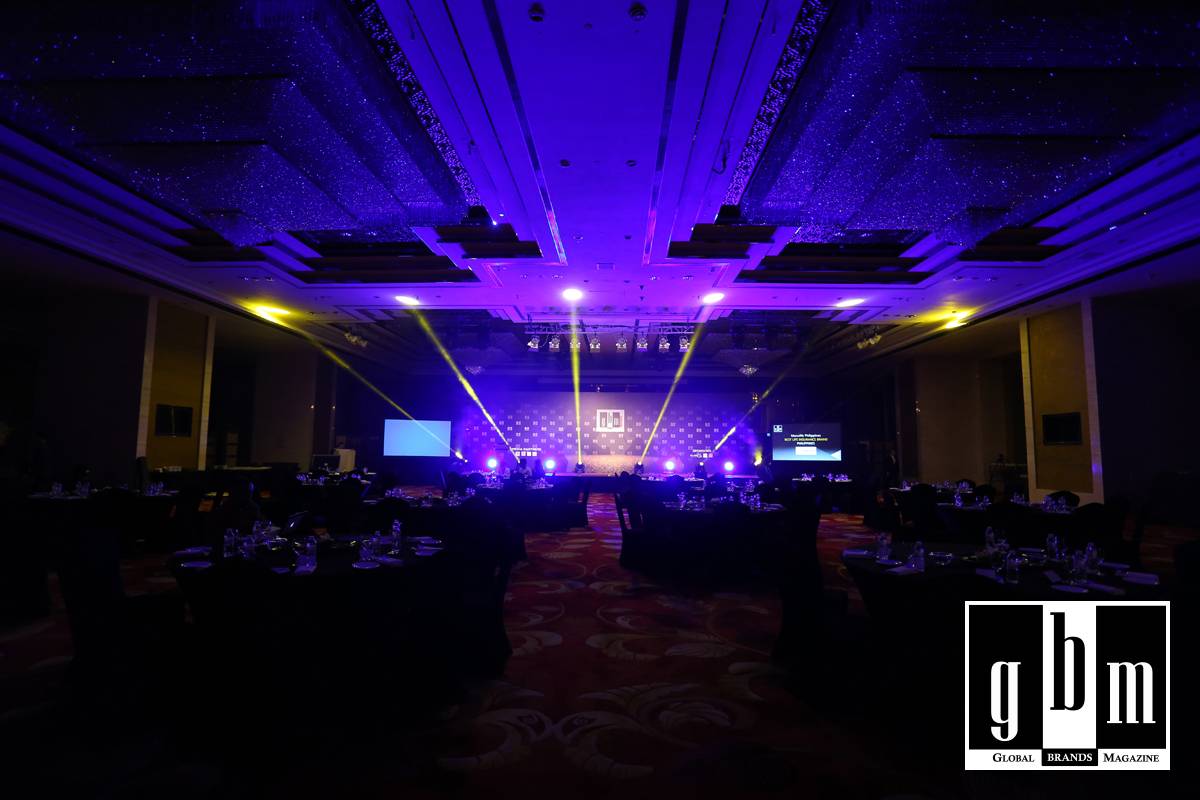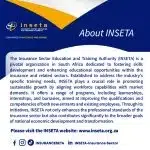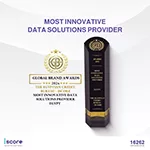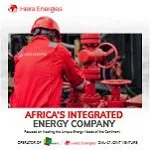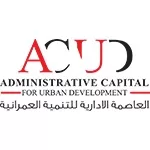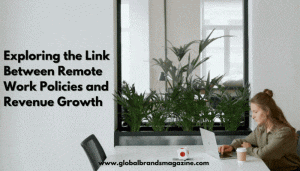Global Brands Brace for Impact: The Trump Trade War Reboot
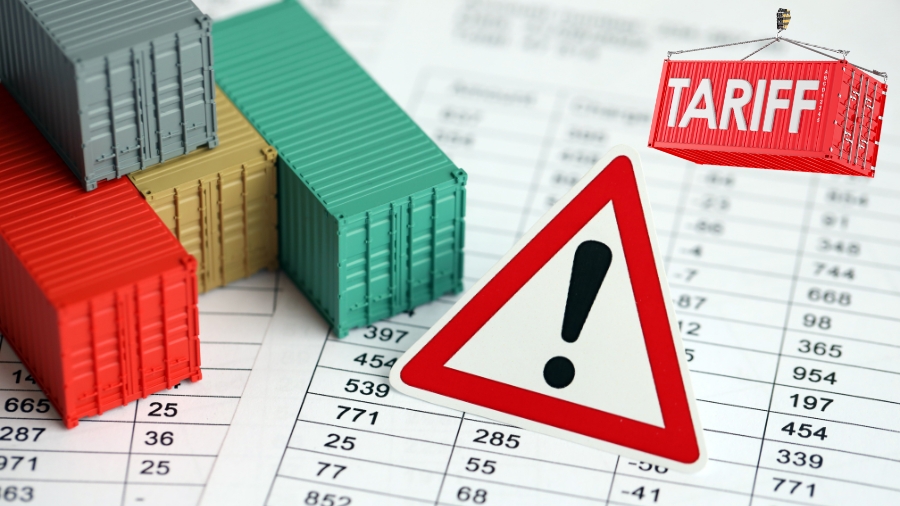
- This new period of U.S. tariffs is reshaping the global logistics and production strategies of the brands.
- This article will concentrate on confirmed developments and discern how global brands, markets, and consumers are navigating one of the most consequential trade shifts in modern times.
In August 2025, President Trump signed into effect tariffs on a new round of imports from 69 countries and the 27-nation European Union. These tariffs, ranging from 10 to 41%, hit the very heart of global technology supply chains and affect semiconductors, AI-related components, consumer electronics, and intermediate goods.
Taiwan faces a 20% tariff. Japan and South Korea are subject to 15%. China’s tariffs average around 30% after adjustments. These developments are publicly reported and confirmed by Reuters and other business media.
This marks the broadest tariff application by any U.S. administration since the Second World War. It is not a localised disruption. It’s a systemic shift.
What Global Tech Brands Are Reporting
Apple has acknowledged an $800 million increase in operational costs during Q2 2025, directly tied to new U.S. tariffs. CEO Tim Cook forecasted a $1.1 billion cost in Q3. These are not theoretical impacts—they’re already on financial statements.
Tesla cited evolving trade policy as a driver of increased supply chain costs in its mid-year earnings report. Longer assembly times… the ad serves as a stressor.
Despite rumours of a halt in expansion, Amazon opened fulfilment centres in India and Texas in July 2025, pointing to some regional resilience.
Microsoft‘s AI chip program, dubbed Braga internally, has suffered delays due to technical reasons and not because of geopolitical considerations.
The first major truth of the matter is this: not all slowdowns at the brand level are due to tariffs, but almost all are with tariffs being considered at least in the backdrop.
The Consumer and Retail Impact
Global retail is absorbing the shock unevenly. In high-income markets, brands are buffering costs. In price-sensitive regions, consumers are shifting their purchasing behaviour.
While direct figures such as “6 to 9% price increases” in the UK or “12 per cent jumps” in India remain unverified, regional distributors confirm adjustments in product mix. More affordable SKUs are gaining traction, and some brands are quietly shelving product launches in countries with new tariff overlays.
For many middle-market consumers, choice is narrowing. In emerging economies, this is a tangible shift in access to technology.
Supply Chain Adjustments: What’s Verified
Before 2025, HP, Dell, and other manufacturers were shifting production into Southeast Asia and Eastern Europe. Today, those moves look prescient.
While claims that 30 per cent of notebook production had moved by 2021 lack documentation, the direction of movement is clear. Multinational OEMs are now diversifying not only manufacturing but also logistics and warehousing to sidestep high-tariff ports.
Consulting reports and investor briefings cite elevated supply chain audits across the tech sector, though the metrics for measurement vary.
Rare Earths: A Confirmed Strategic Pressure Point
The U.S. relies on China for over 80 per cent of its rare earth elements, a critical dependency. In April 2025, China imposed new export licensing restrictions. Reuters and Fast Company confirm the move has disrupted timelines for EV batteries, magnets, and semiconductors.
For brands operating globally, this raises questions not just of cost but of continuity. If your supplier is one licence short of a shipment, your launch is delayed.
Data Centre and AI Infrastructure
While there is no official tariff list for specific data centre hardware, companies are factoring in indirect pressures. From HVAC systems to high-density servers, component cost increases are real, if not yet consistently reported as tariff-linked.
Quarterly reports from SaaS vendors point to infrastructure cost inflation. No definitive 8 per cent figure has been confirmed for AWS or Azure clients, but the overall trend reflects increased capital expenditure for cloud-intensive firms.
Global Market Reactions and Investor Sentiment
Panic has not defined the markets, but caution is palpable. Claims that Big Tech lost 22% of its value from tariffs alone are not supported by index data. Nor is the 3.7 per cent Asia-Pacific tech index drop verified.
Yet, fund managers are asking sharper questions. ESG screens now include tariff exposure. “Where do you make this product?” is no longer just a sourcing question. It’s a risk disclosure requirement.
This trend is especially visible in Europe and the UK, where institutional investors are holding brands to new standards of supply chain transparency.
Economic Impact on the United States
The U.S. economy expanded by 3.0 per cent in Q2 2025, per official BEA data. While this signals resilience, economists warn it may mask deeper distortions.
The CBO hasn’t published a specific 0.4 per cent GDP drag forecast, but earlier projections cite a 0.6 per cent hit by 2035 and increased inflation through 2026. Tariffs may be stimulating near-term domestic production, but carry long-term complexity.
Costs are rising. Supply chain buffers are thinning. The American consumer, for now, is absorbing—but not immune.
What Brands Should Focus On Now
In a context of verified change, brands should prioritise tactical agility over wait-and-see caution:
- Reassess sourcing exposure. Identify suppliers in high-tariff zones and evaluate switch timelines.
- Model landed costs quarterly. Adjust pricing based on verifiable tariff brackets (10 to 41 per cent).
- Strengthen internal narratives. Communicate clearly with investors and consumers about cost drivers.
- Monitor trade corridors. Regional FTAs, such as the UK-India agreement or RCEP, may offer competitive logistics alternatives.
Brand Image in an Age of Trade Conflict
Tariffs are not just economic instruments. They are political signals. How your brand responds communicates some things beyond mere cost mitigation.
Being proactive about sourcing disclosures, pricing strategy, and community impact says, “We are prepared, transparent, and values-led.”
In times of policy instability, brand equity is built not just by what you sell, but by how you adapt.
Final Summary
The Trump tariffs of 2025 are real, broad, and already shaping decisions at the highest levels of business. While many claims remain speculative or unverified, the confirmed developments are significant enough to demand immediate attention.
Global tech brands are not waiting for the next policy shift. They are adjusting routes, revising forecasts, and rewriting their value propositions.
This is not just a U.S. trade strategy. It is a global moment of reordering. Those who lead with clarity, speed, and resilience will define the next generation of global brand leadership.
